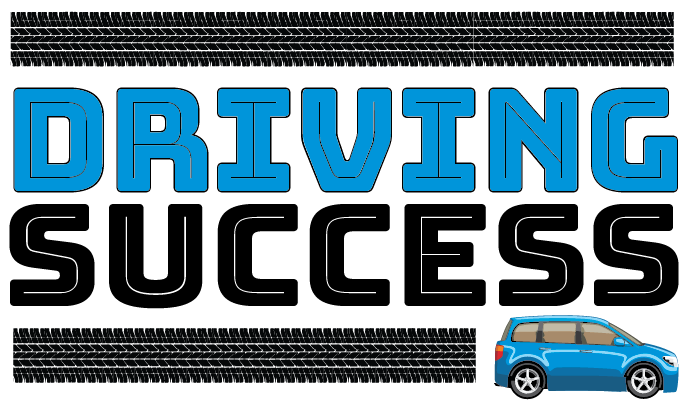Benefits of Vehicle Ownership for Low-Income Families
According to the Indian River County Needs Assessment, approximately 6% of households in Indian River County reported having no motor vehicle. Additionally, according to the Indian River Indicators provided by the Indian River Community Foundation, on a scale of 20 to 1 with 1 being the lowest, Indian River County has a Walkability Index of 7.5 and a Walkability proximity to transit ranking of 1.
Improved Economic Outcomes
Researchers have consistently found that having a car is associated with improved economic outcomes. When poor households have or gain a car, household members are more likely to be or become employed, keep their jobs, increase their earnings, work more hours, and leave welfare programs.
Underlying the economic benefits of car ownership is the simple fact that one can more quickly and easily access more jobs and other opportunities by car than by other transportation modes in almost all neighborhoods in the United States. These geographic challenges are compounded by the growth of poor and minority populations in the suburbs where access to jobs is limited without a car and by increasing gentrification in urban neighborhoods with good transit service.
Increased Educational Opportunities
Having a car increases educational opportunities for adults and children. Adults are able to access local college classes, trade schools and necessary job training programs.
In addition, having a car increases access to early childhood education programs for children not of school age. Having a car also increases school choice for school aged children. Children in households without cars are less likely to participate in school activities, leading to lower educational attainment, less likelihood of being employed, and lower earnings later in life.
The ability of children to learn effectively has also been linked to a well-rounded diet.
Increased Access to Healthy Living
Carless households are more likely to miss and delay medical care. Households without cars also have fewer choices when shopping for groceries and less flexibility in what they buy and how often they shop. When recipients gain access to a vehicle, they can drive to grocery stores, farmers markets, and whole food markets to give their family nutrient-rich meals.
Children are particularly vulnerable to the physical and mental effects of inadequate access to fresh foods. When families have access to a vehicle, the overall health of the children and the family improves.
References
Klein, N. J. (2020). Subsidizing Car Ownership for Low-Income Individuals and Households. Journal of Planning Education and Research, 1-13. (https://journals.sagepub.com/doi/10.1177/0739456X20950428)
The Annie E. Casey Foundation. (2007). Car Programs for Low Income Families. Baltimore, MD: Betsy Rubiner. Retrieved from www.aecf.org. (https://www.aecf.org/resources/affordable-car-ownership-programs/)
Indian River County Needs Assessment - https://ircommunityfoundation.org/about/community-needs-assessment/
IRCF Indian River Indicators - https://dashboards.mysidewalk.com/indian-river-cna/our-story




